The brand-new full-size Range Rover raises the bar for premium transport and redefines the upper-large luxury SUV sector.
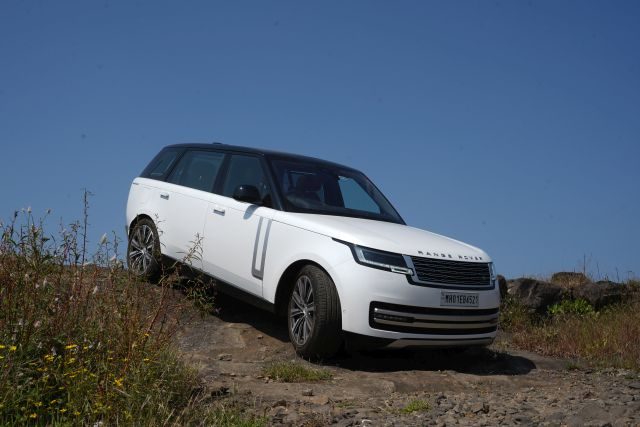
Story: Kurt Morris
Photography: Apurva Ambep
Land Rover, specifically the Range Rover line-up, is the company that best embodies both luxury and off-roading. The number of people who mix the Range Rover nameplate with the actual brand is rather astounding. As you may know, wealthy and powerful people have long liked to buy Range Rovers. Because owners prefer to drive it as a wafter on paved roads, the Range Rover’s underutilised off-road capability may be the most popular complaint among motorists.
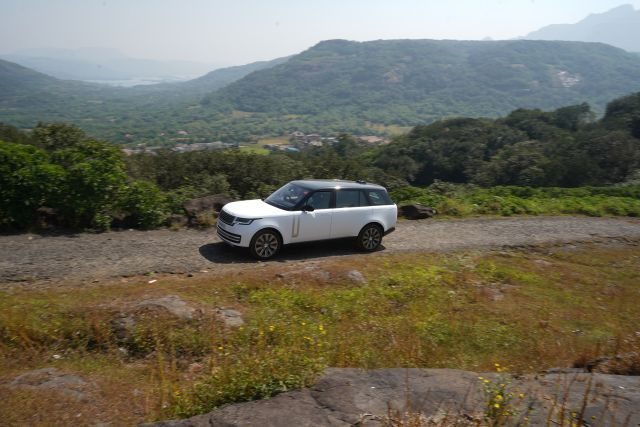
The Range Rover has undergone constant development since its introduction in 1970. The most opulent SUV in the world boasts of extraordinary levels of luxury, inherent power, and design inspiration as well as technical innovations that distinguish it. The first-generation Range Rover—the first SUV to offer permanent four-wheel drive, develop the now iconic continuous waist-line, and create the instantly recognisable floating roof—birthed an icon in 1970. Since then, every generation has continued to innovate while paying tribute to its legacy of producing the most opulent SUV on the planet.
Its name is associated with luxury SUVs with outstanding off-road capability. Furthermore, the new 2022 Range Rover advances in every area, including design, technology, features, and performance.
The fifth-generation Range Rover is completely new, yet it was only available as a 2022 model for a brief period of three months. The updated look is carried over to the 2023 model. It adopts a well-known profile but removes a lot of unnecessary detail to create a design that appears to have been carved from an aluminium billet. It is just as exquisite as always. Smooth surfaces and precise tolerances have now taken the place of the chrome trim.
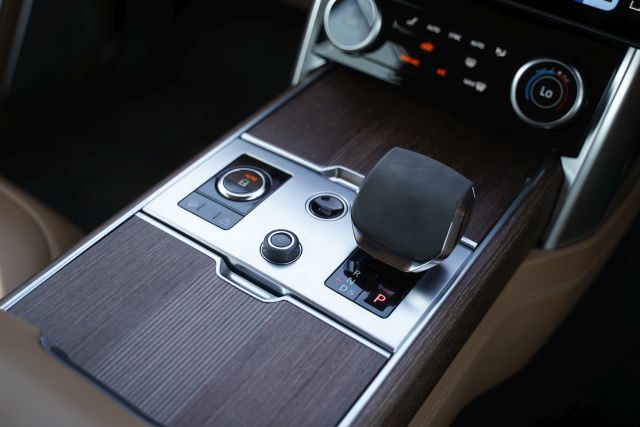
This new vehicle mostly maintains the Range Rover design language that we have grown to know and love. That’s not to suggest that Land Rover designers haven’t worked on anything; just the contrary. In reality, this brand-new vehicle has undergone a number of minor but deliberate design changes, making it the brand’s most aerodynamic vehicle to date.
The new Range Rover is built on a brand-new heavily aluminium basis that increases the wheelbase by around three inches and adds a new long-wheelbase body option that increases it by an additional eight inches. To increase seating capacity from five to seven, the Range Rover’s first third-row seat is offered with a long wheelbase.
The Range Rover has more technology inside, yet it still drips with luxury. Both a 13.1-inch centre touchscreen and a 13.7-inch digital instrument cluster are included as standard. Rear infotainment screens for the backseat passengers can be as big as 13.1 inches each. For the long wheelbase, an Executive Class Comfort Plus upgrade reduces the number of passengers in the back to two, adds an 8.0-inch control screen, and converts the right rear seat into a first-class lounge.
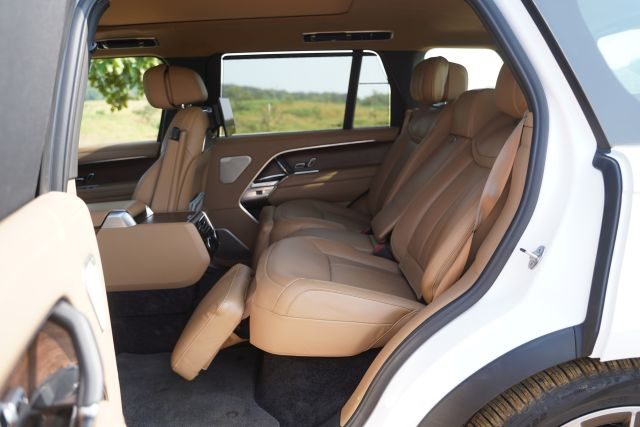
Electric 24-way chairs with heated and cooled seats as well as hot stone massages are in the front seats, and are designed to be the height of luxury. You get an executive-class comfort package at the back, where a majority of Indian passengers will spend most of their time. So, with just a touch of the screen on the centre console, you can add more leg-room in the front seat, make the back seat more comfortable, receive more under-thigh support, and open second support for your feet. This is grandeur at its finest with the front-mounted 11.4-inch screen.
If you need to accommodate an additional passenger, only a few touches on the infotainment screen will fold the centre console into the space between the back benches. Practically nothing in the Range Rover requires manual operation; everything is controlled by a single button. A huge panoramic sunroof, a refrigerator under the centre arm-rest, a cabin sound-isolated by head-rest speakers, and multiple powered tailgate options for loading, including the ability to raise or lower the back end and the ability to sit, are significant features.
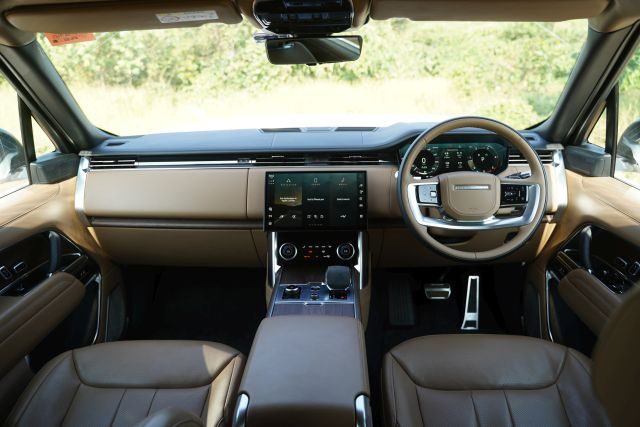
The audio system is another exciting component of the new Range Rover. The system has extra 20-W speakers in each of the four primary head-rests, providing a 1,600-W Meridian Signature Sound System with the most immersive audio experience. The third-generation Active Noise Cancellation3 technology tracks the transmission of engine noise, tyre noise, and wheel vibrations into the cabin and produces a cancelling signal that is delivered through the system’s 35 speakers. One of these is a set of speakers with a 60-millimetre diameter that is placed in the head-rests of the four people who will be using the main cabin. This is similar to using a good pair of headphones: individual silent zones.
The Range Rover’s boot is one more detail that adds intrigue to the vehicle. In general, the boot provides a sizeable 800-plus litres of cargo space and this can be expanded even further by reclining the backseats. However, the Range Rover Tailgate Event Suite, an optional addition, is unquestionably the party’s focal point. With this package, the split tailgate becomes a seating area and the sound system is configured to exclude the speakers in the driver’s area to provide superior sound quality in the back.
A wide range of six and eight-cylinder engines are available for the new Range Rover. The new car is equipped with a 3.0-litre, mild-hybrid (MHEV), in-line six-cylinder petrol engine that produces 400 hp and 550 Nm of torque as well as a 3.0-litre, in-line six, turbo-diesel engine that produces 350 hp and 700 Nm of torque. A 4.4-litre, twin-turbo V8 engine with 530 hp and 750 Nm of torque is the latest strong petrol flagship.
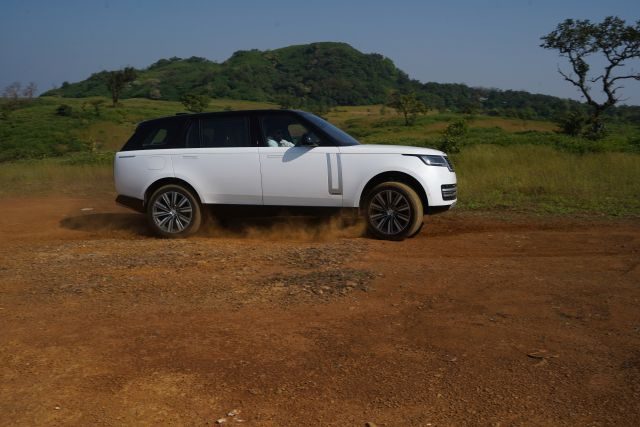
The refinement is what is instantly apparent. It is extremely impossible to tell that there is a diesel engine under the bonnet due to the powerplant’s complete silence and the cabin’s noise isolation. Even while the gearbox isn’t exactly blazingly fast, this isn’t a sports car. There is never a lack of shove at any rpm and torque is available from very low rpm. Even in its most sporty setting, the Range Rover accelerates quickly and without any drama. It conceals speeds so efficiently that one must check the speedometer to truly realise the absurd pace it is actually travelling at.
This gigantic ultra-luxury SUV accelerates from 0 to 100 km/h in just 7.36 seconds despite weighing nearly three tonnes. Regardless of performance ratings, the Range Rover excels when racking up kilometres. The rev meter seldom crosses 2,000 rpm even at relatively high triple-digit speeds and it seems like one could keep running forever. That is, until you need to recharge. But the Range Rover had another efficiency-related surprise in store for us. We measured an efficiency value of eight km/l for city runs and 11 km/l for highway runs. Again, outstanding numbers when you consider the weight of the Range Rover and the performance that it delivers.
The Range Rover is practically prepared for the end of the world with its massive trickery in the form of the Terrain Response 2 system. A remarkable 900-mm water fording depth, height-adjustable air suspension, and a number of configurable off-road modes for varying terrain are all included. Speaking of ride and handling, the Range Rover has an electronic air suspension with dynamic response pro and adjustable dynamics. In essence, it makes adjustments based on the terrain automatically.
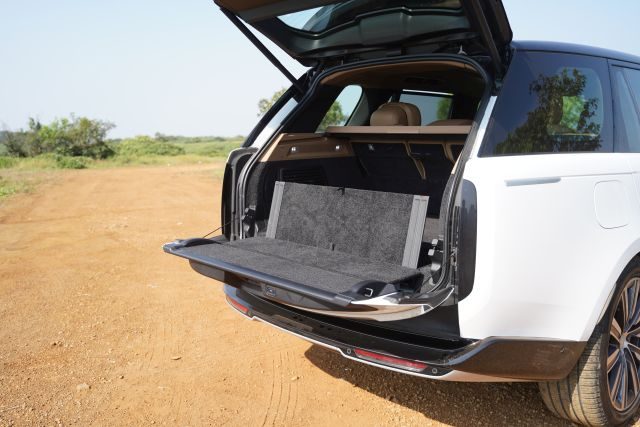
The car virtually floats over the road in Comfort mode, making it feel like a magic carpet ride. You actually want to enjoy the suspension on the softer bumps because it feels so fantastic. We now reach the handling. When navigating the long turns, the Range Rover feels lovely and stable. You can see suspension is working extra hard to control this massive luxury SUV.
Driving a vehicle as large as a luxury SUV safely on a daily basis can be quite a task. The Range Rover’s sheer size initially intimidates you and for congested city streets, it is unquestionably large. But in this case, the mild steering and elevated driving posture really help. Additionally, all-wheel steering makes turning this SUV much easier with even the rear wheels turning to reduce the turning radius.
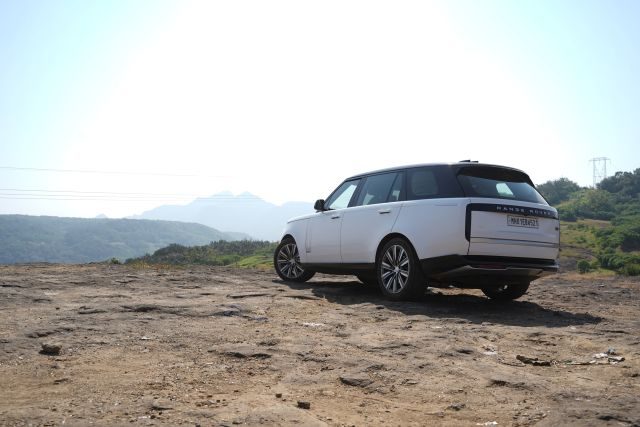
It’s one of the best SUVs in the world, but it looks like the price has stolen the show. The range-topping Range Rover L P530 SV has been priced at Rs 4.17 crore, while the least expensive P400 SE still costs a whopping Rs 2.39 crore. To sum up, this luxury SUV will continue to be a hit with elite businessmen, Bollywood stars, and even our politicians and cricketers. Its timeless design and iconic silhouette really symbolise the power that people aspire to get when they are seen in a Range Rover.


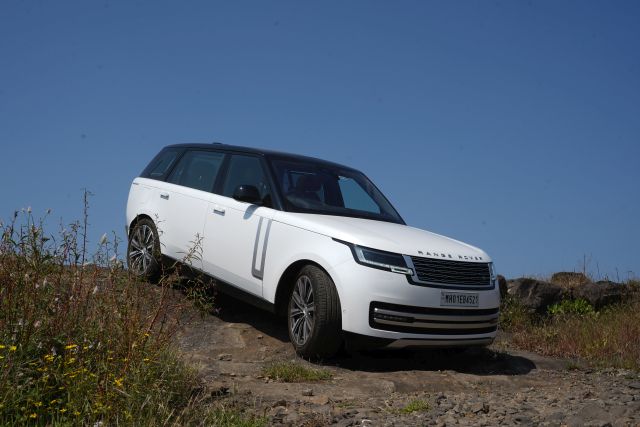











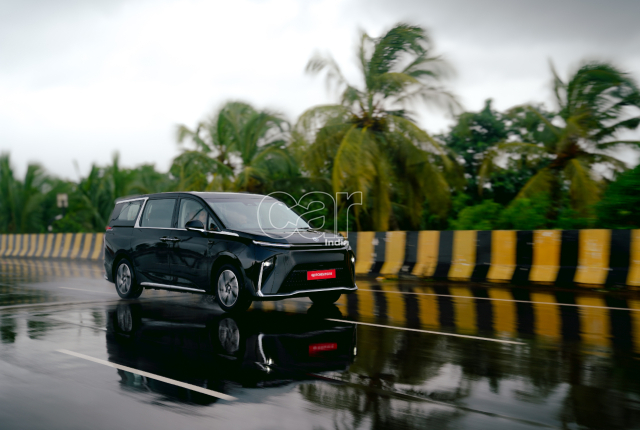
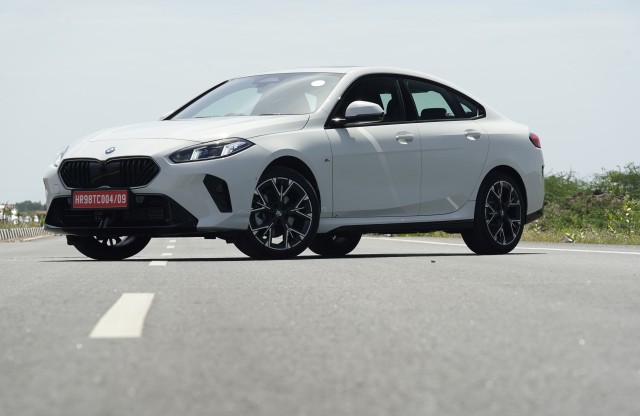
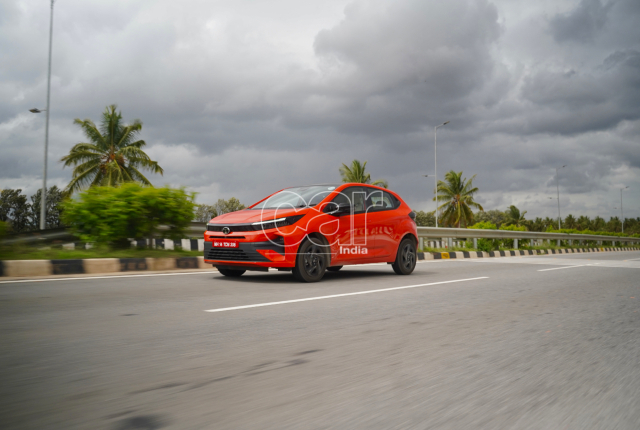
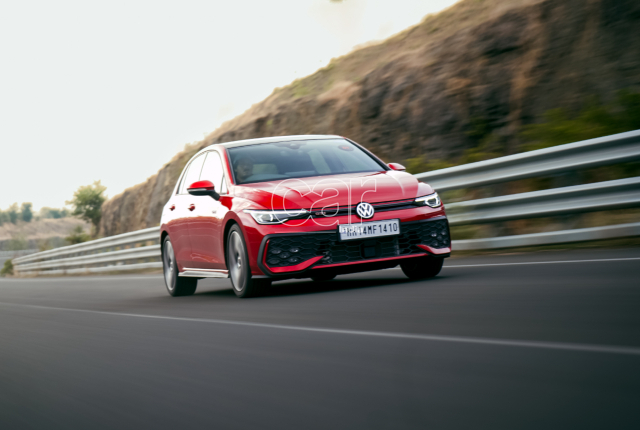
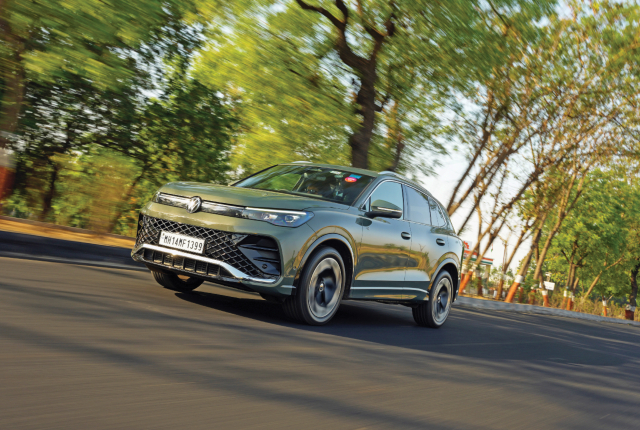




Leave a Reply